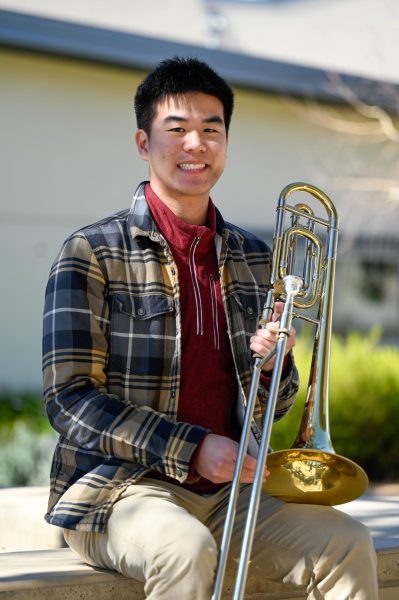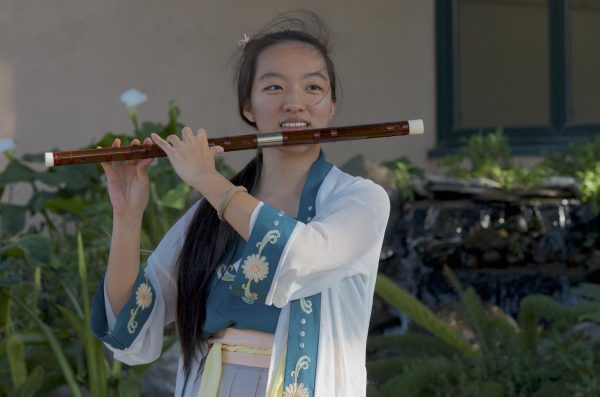Humans of Harker: Small steps, big gains
Matthew Chen approaches life with a plan and a smile
“The most important thing in terms of practicing big pieces is bringing it down to smaller chunks and practicing those smaller chunks. When I practice, I don’t usually run through the whole song just because that’s not how you get better. You have to look at smaller sections, get good at those sections, then add it all up to make the whole piece good,” Matthew Chen (’23) said.
As the sunlight filters through the windows of the orchestra room, Matthew Chen (‘23) carefully pulls his bow against the strings of his cello. The smooth, rich oak-colored instrument rests in front of him, its neck tucked between his left hand and shoulder. He fiddles with the pegs and glides the bow a few times, testing for pitch, before launching into the opening notes of a Haydn piece.
Matthew discovers creativity in playing cello. After first picking up the instrument 12 years ago, Matthew has grown and developed his own unique style of playing, one that he now contributes to the upper school orchestra.
“The thing about cello is that everyone’s playing is so different,” Matthew said. “My playing is still really different from my teacher’s, even though she’s taught me everything I know. I’ve been playing one of the hardest cello pieces for over a year, and it’s still not perfect.”
To learn these elaborate pieces on the cello, Matthew starts simple. He practices smaller segments of each piece, gradually building up its whole length from each section.
“The most important thing in terms of practicing big pieces is bringing it down to smaller chunks and practicing those smaller chunks,” Matthew said. “When I practice, I don’t usually run through the whole song just because that’s not how you get better. You have to look at smaller sections, get good at those sections, then add it all up to make the whole piece good.”
With this philosophy, Matthew works toward ambitious, long-term goals by breaking them down into smaller milestones. When he builds 3D modeling projects, he starts small, focusing on the details that come together into one complete, intricate object.
“It’s a big project, so you’re working in tiny little steps,” Matthew said. “And most of the things that are around us right now are suited for short term gratification, but with 3D modeling, it’s weeks of work and then you feel a lot of happiness at once when you have worked towards this finished product.”
An avid fan of Marvel movies, Matthew found himself interested in the graphics behind the animations. He began exploring 3D modeling during the pandemic and taught himself graphics software over several months. Like when he plays the cello, Matthew strives to leave his own creative imprint in his work, which usually takes the form of models of buildings around the world.
“I like being able to create something and show it to others,” Matthew said. “With cello, it’s me playing because I’ve added my own element to it. In the same way, having something that reflects you is what goes into that design process.”
Matthew shares his projects with his friends, including close friend Rahul Santhanam (‘23). Sharing many of Matthew’s interests, Rahul admires Matthew’s continued drive to achieve the goals he sets for himself.
“Matthew is spontaneous,” Rahul said. “He has many eclectic interests and wants to pursue them all fully. In many ways, Matthew showcases how he is both a well-rounded and passionate individual. He’s dedicated to what he’s interested in.”
Rahul and Matthew’s friendship started with their shared love of the game of basketball which began with early morning one-on-one matches in the lower school. For Matthew, his father’s love for basketball inspired his own. He attended his first NBA game at the age of 5 and joined a youth team the next year.
Now, he reminisces fondly about his successes on the court from childhood to his four years on the boys varsity basketball team at Harker, shooting on a portable hoop with his father as a child, scoring a half-court shot in a tournament in Hawaii in freshman year and playing in many Central Coast Section (CCS) games since then. The thrill in side-stepping an opponent, lining up to make a perfect shot and cheering with teammates after lives on in his memories of basketball, ones that he continues to embellish with his creativity.
“Basketball is a release,” Matthew said. “Being on the court, you forget about everything else. Especially compared to other sports like football or baseball, there is a lot more room for you to have personality on the court because you have all these different decisions you can make. That’s what ultimately brought me to the sport and what made me enjoy it. I like being more creative, so that shows on the court.”
Adviser and basketball coach Jonah Alves first observed Matthew’s relaxed nature in advisory even in freshman year and continued to see him dominate the court and execute concerts with confidence and composure. No matter what challenges he faces, Matthew approaches everything with a smile. He carries this positivity with him as he strides into the future.
“He is laid back, even in the very intense and stressful times I’ve seen him perform in orchestra or him playing basketball on the court,” Alves said. “Performing in front of large crowds and being on the court in a competitive nature against another team is high-stress and high-pressure. He comes out, he does his job. He’s a smiley person, and he does the challenge in front of him with a smile.”
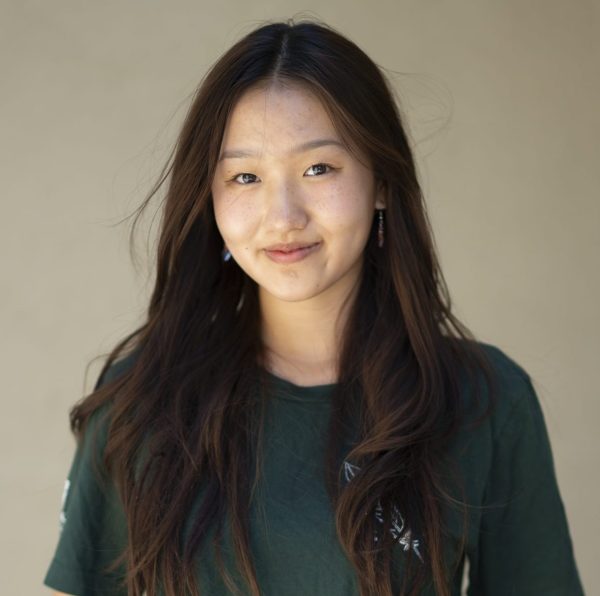
Katelyn Zhao (12) is the co-editor-in-chief of Humans of Harker, and this is her fourth year on staff. Katelyn aims to honor each of the stories within...































![Setter Emma Lee (9) sets the ball to the middle during the match against Pinewood on Sept. 12. “[I’m looking forward to] getting more skilled, learning more about my position and also becoming better friends with all of my teammates, Emma said.](https://harkeraquila.com/wp-content/uploads/2023/09/DSC_4917-2-1200x795.jpg)








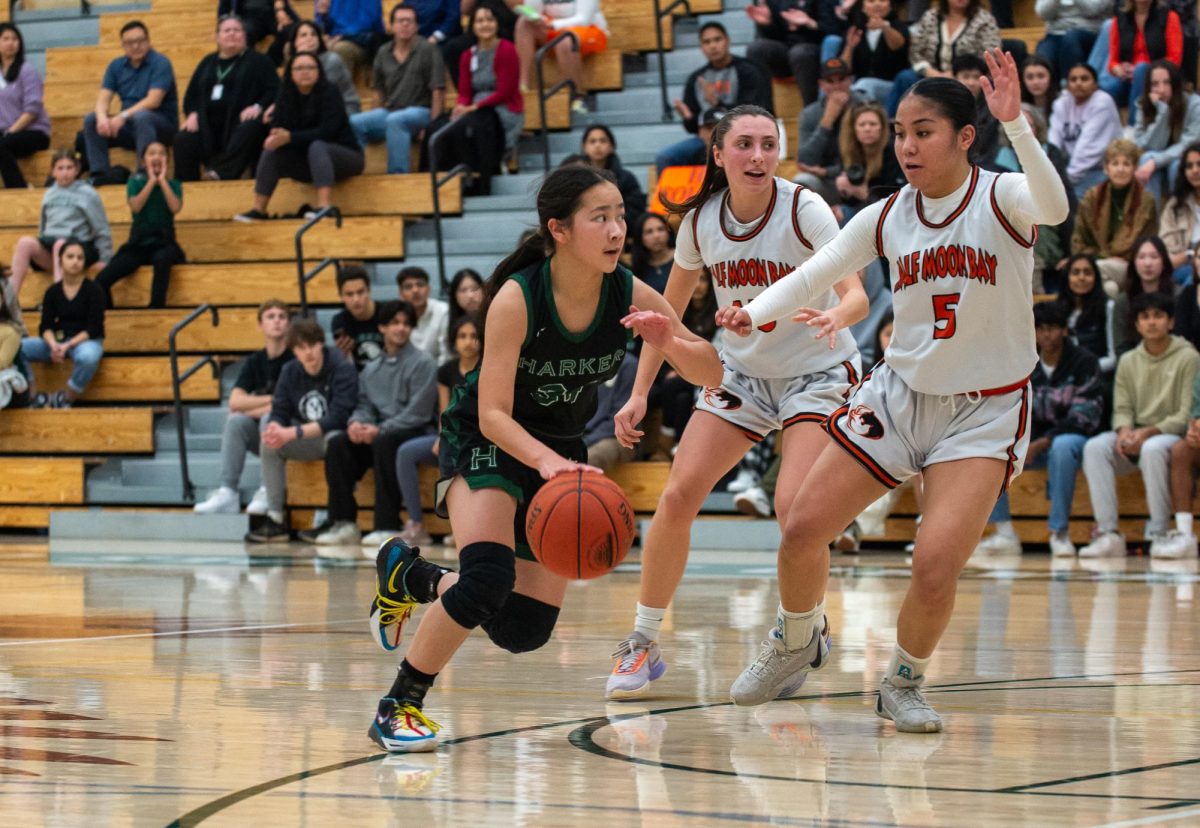























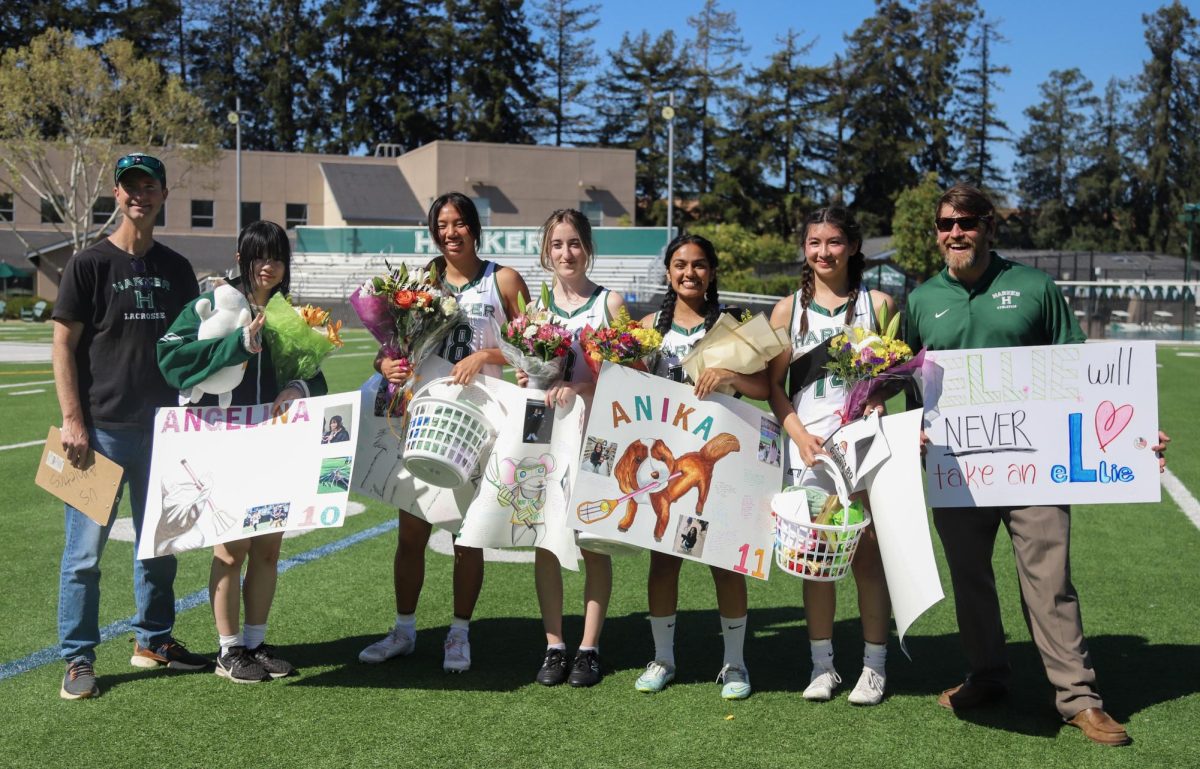

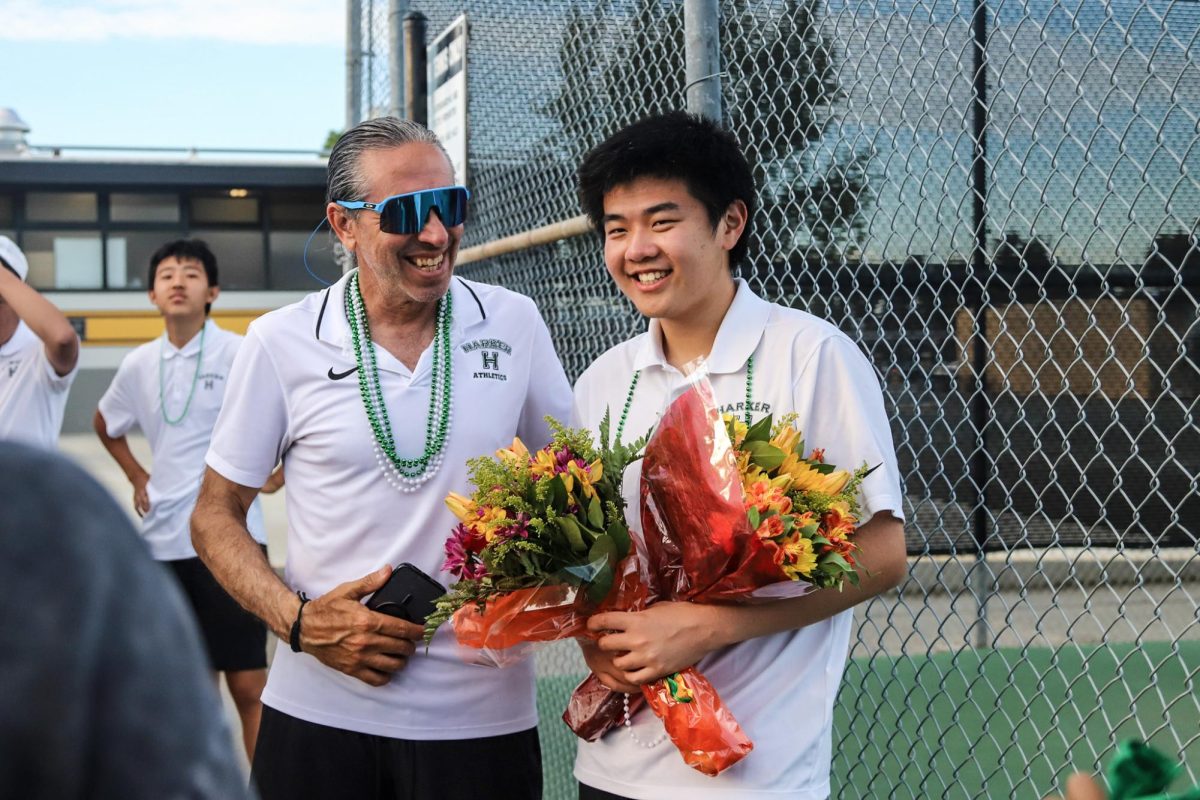
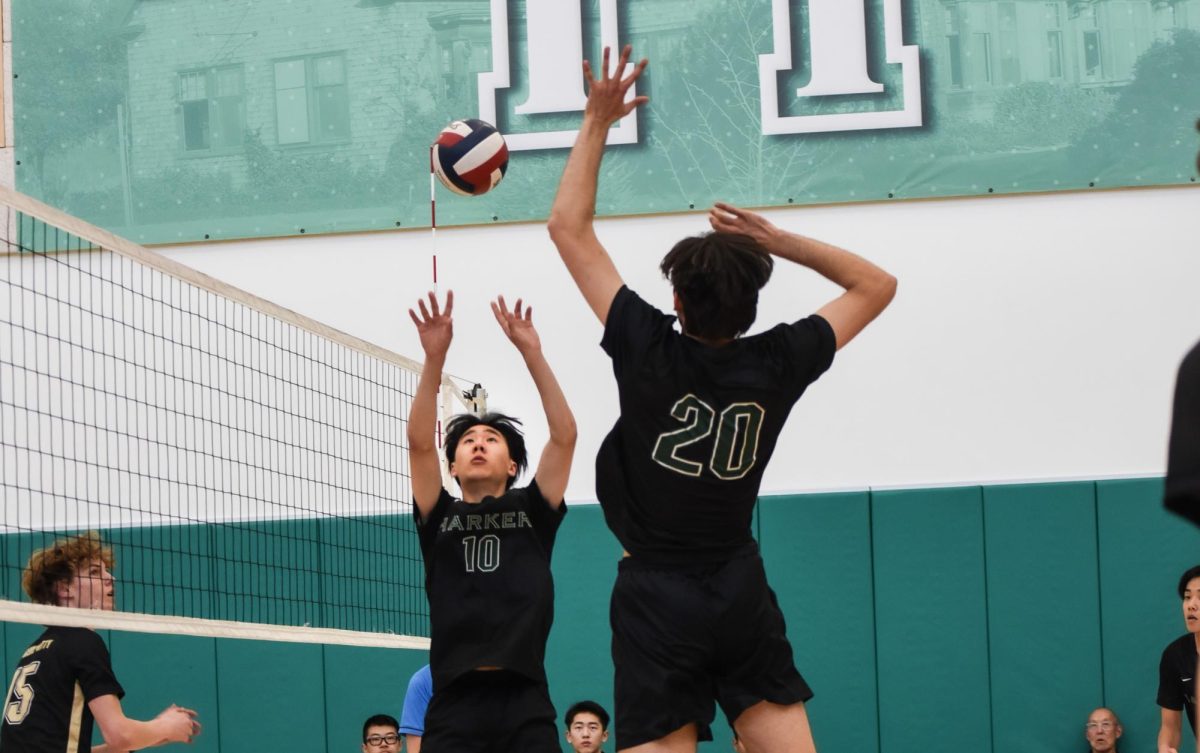
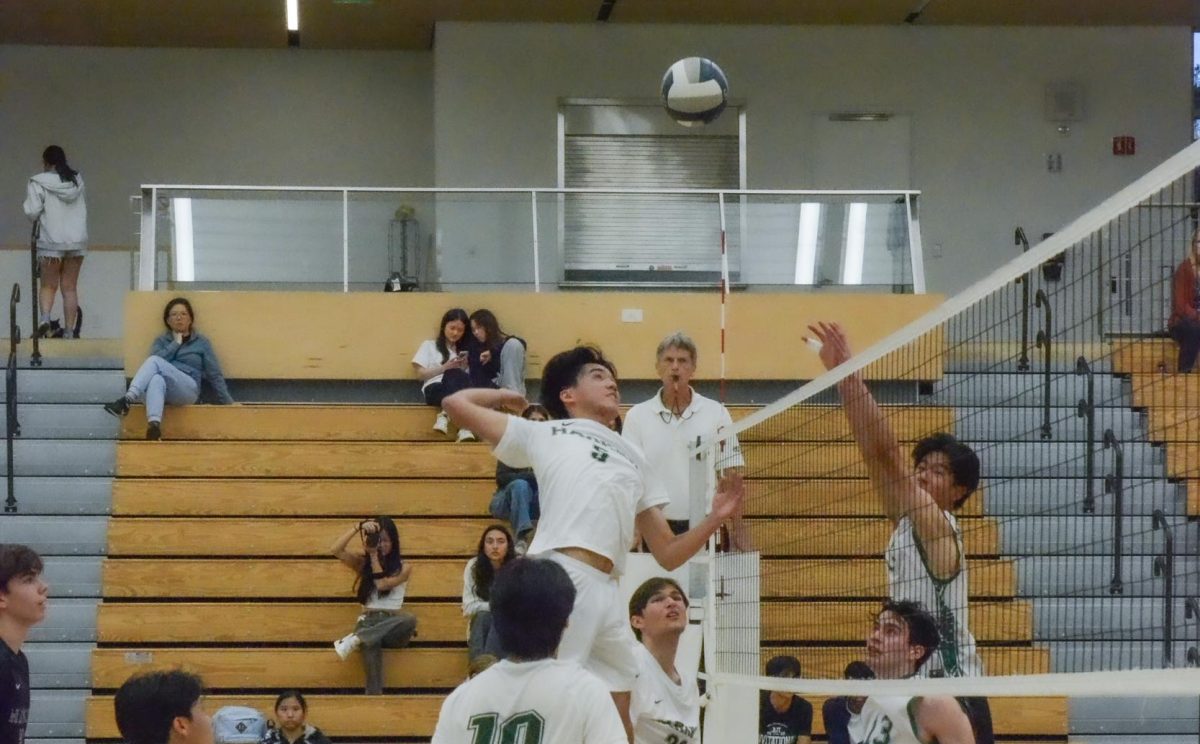





























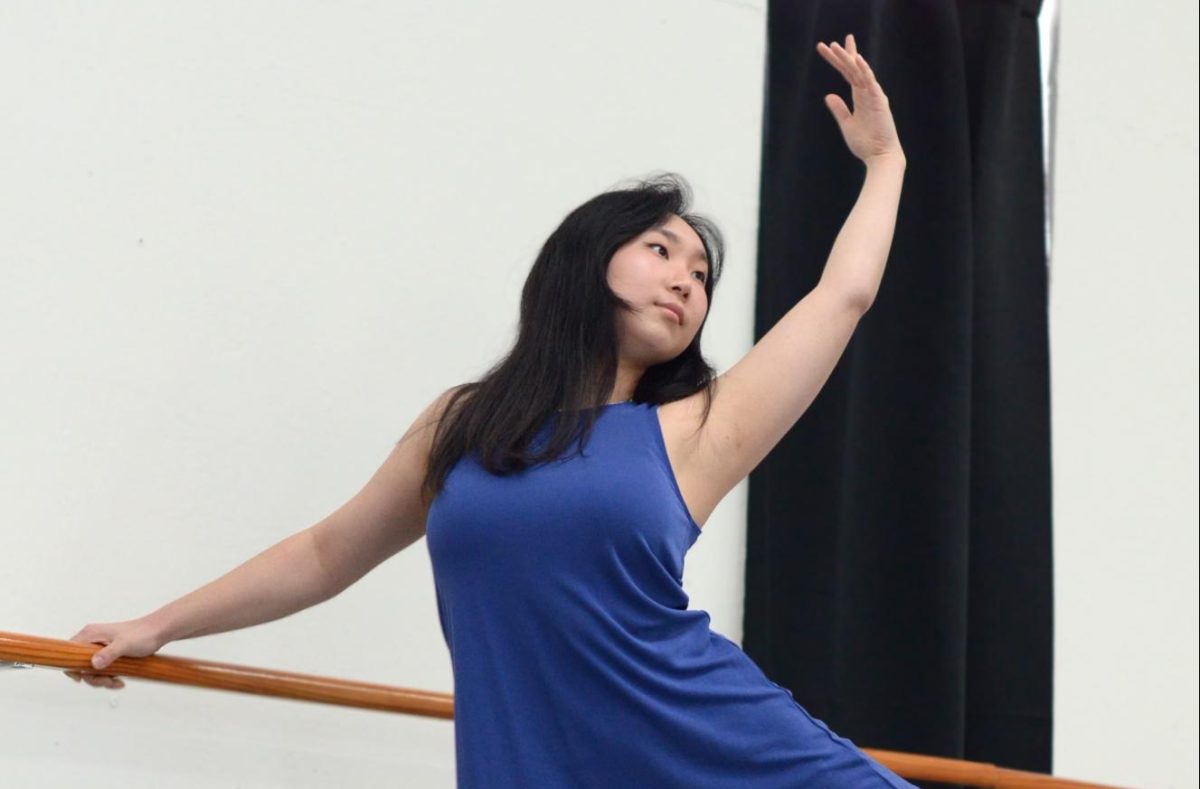
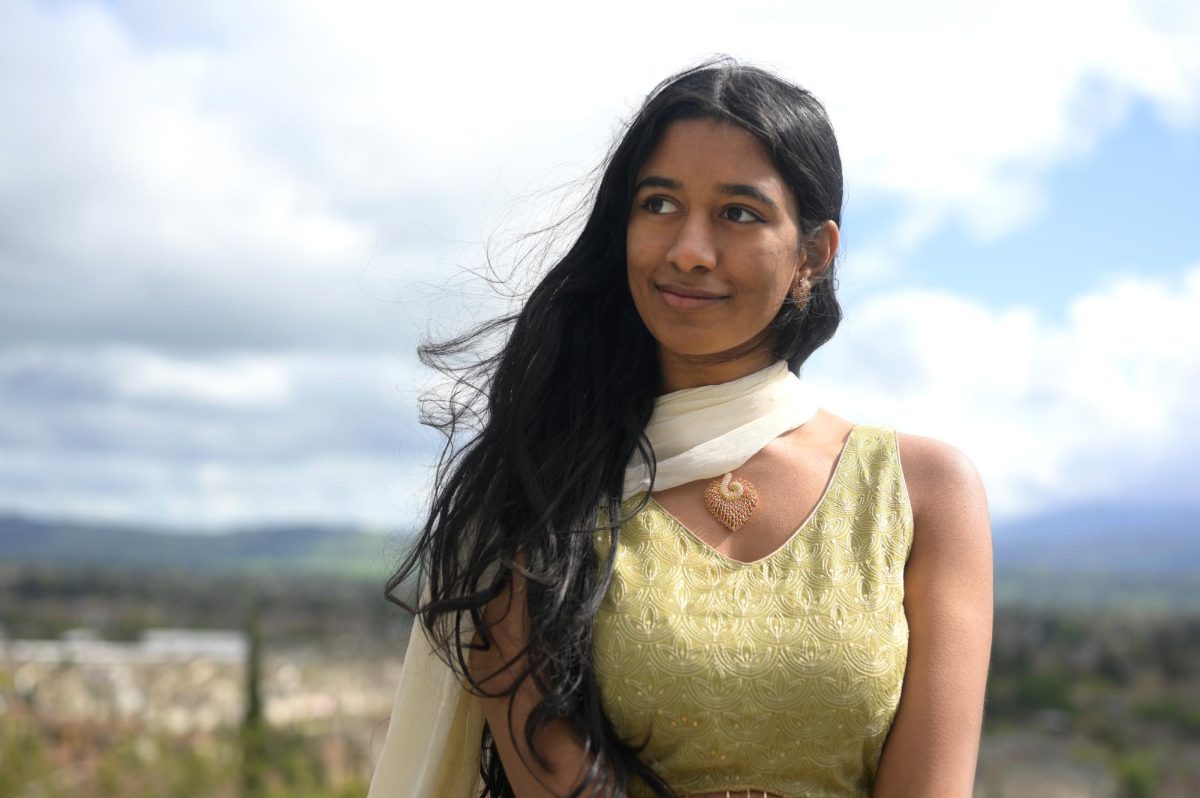
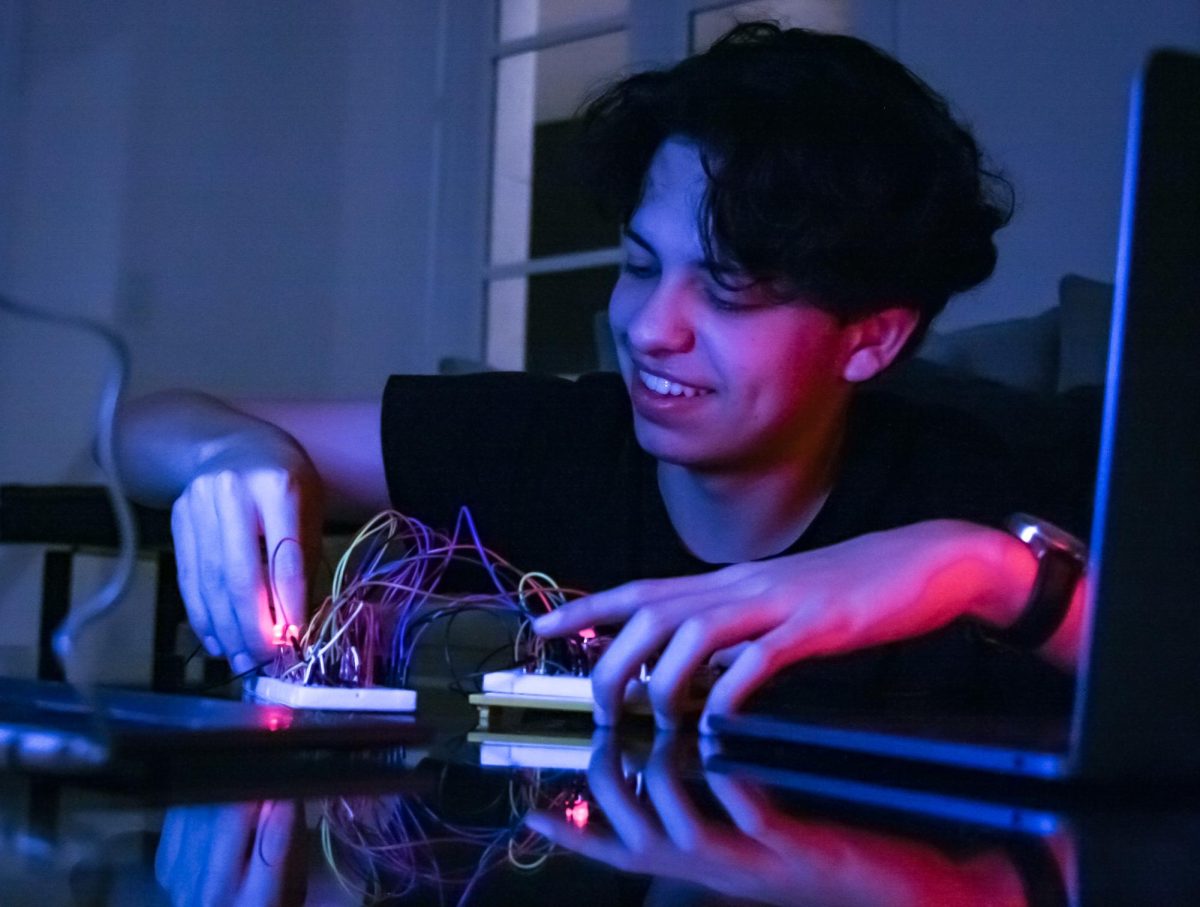
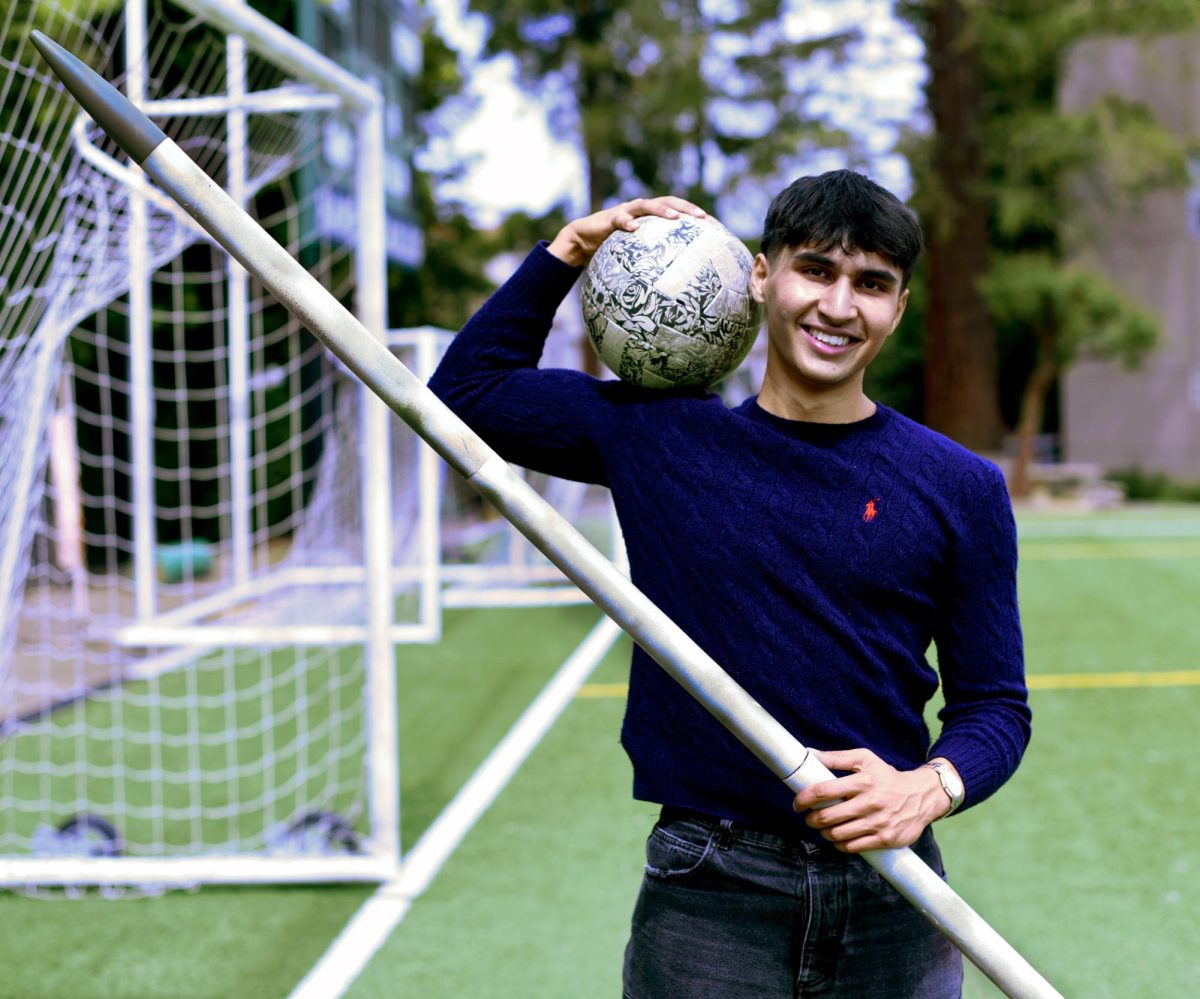
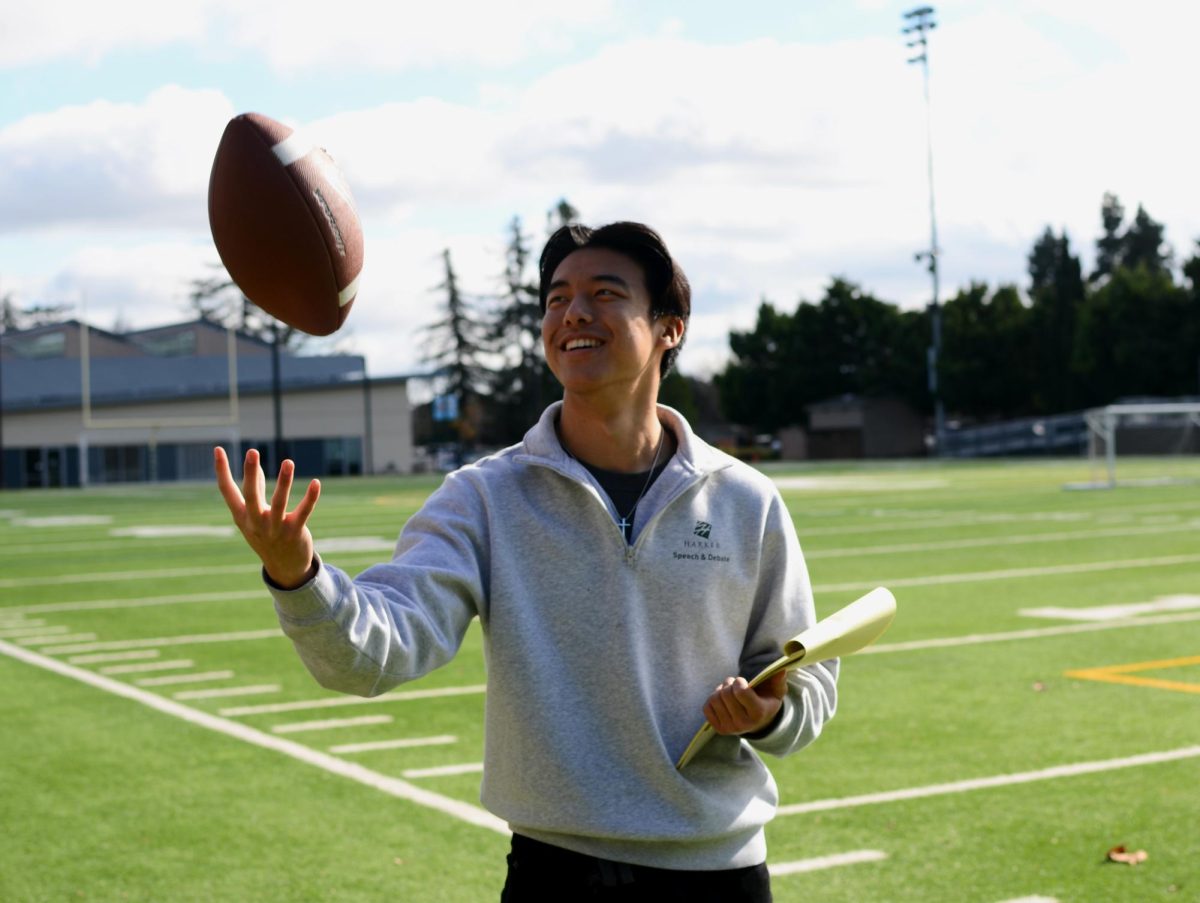








![“[Building nerf blasters] became this outlet of creativity for me that hasnt been matched by anything else. The process [of] making a build complete to your desire is such a painstakingly difficult process, but Ive had to learn from [the skills needed from] soldering to proper painting. Theres so many different options for everything, if you think about it, it exists. The best part is [that] if it doesnt exist, you can build it yourself, Ishaan Parate said.](https://harkeraquila.com/wp-content/uploads/2022/08/DSC_8149-900x604.jpg)


![“Animation just clicked in a way. I had been interested in art, but that felt different. [Animation] felt like it had something behind it, whereas previous things felt surface level. I wasnt making that crazy of things, but just the process of doing it was much more enjoyable, Carter Chadwick (22) said.](https://harkeraquila.com/wp-content/uploads/2022/08/Screen-Shot-2022-08-16-at-9.44.08-AM-900x598.png)


![“When I came into high school, I was ready to be a follower. But DECA was a game changer for me. It helped me overcome my fear of public speaking, and its played such a major role in who Ive become today. To be able to successfully lead a chapter of 150 students, an officer team and be one of the upperclassmen I once really admired is something Im [really] proud of,” Anvitha Tummala (21) said.](https://harkeraquila.com/wp-content/uploads/2021/07/Screen-Shot-2021-07-25-at-9.50.05-AM-900x594.png)



![“[Volleyball has] taught me how to fall correctly, and another thing it taught is that you don’t have to be the best at something to be good at it. If you just hit the ball in a smart way, then it still scores points and you’re good at it. You could be a background player and still make a much bigger impact on the team than you would think,” Anya Gert (’20) said.](https://harkeraquila.com/wp-content/uploads/2020/06/AnnaGert_JinTuan_HoHPhotoEdited-600x900.jpeg)

![“Im not nearly there yet, but [my confidence has] definitely been getting better since I was pretty shy and timid coming into Harker my freshman year. I know that theres a lot of people that are really confident in what they do, and I really admire them. Everyones so driven and that has really pushed me to kind of try to find my own place in high school and be more confident,” Alyssa Huang (’20) said.](https://harkeraquila.com/wp-content/uploads/2020/06/AlyssaHuang_EmilyChen_HoHPhoto-900x749.jpeg)













![“My slogan is ‘slow feet, don’t eat, and I’m hungry.’ You need to run fast to get where you are–you arent going to get those championships if you arent fast,” Angel Cervantes (12) said. “I want to do well in school on my tests and in track and win championships for my team. I live by that, [and] I can do that anywhere: in the classroom or on the field.”](https://harkeraquila.com/wp-content/uploads/2018/06/DSC5146-900x601.jpg)

![“I think getting up in the morning and having a sense of purpose [is exciting]. I think without a certain amount of drive, life is kind of obsolete and mundane, and I think having that every single day is what makes each day unique and kind of makes life exciting,” Neymika Jain (12) said.](https://harkeraquila.com/wp-content/uploads/2017/06/Screen-Shot-2017-06-03-at-4.54.16-PM.png)










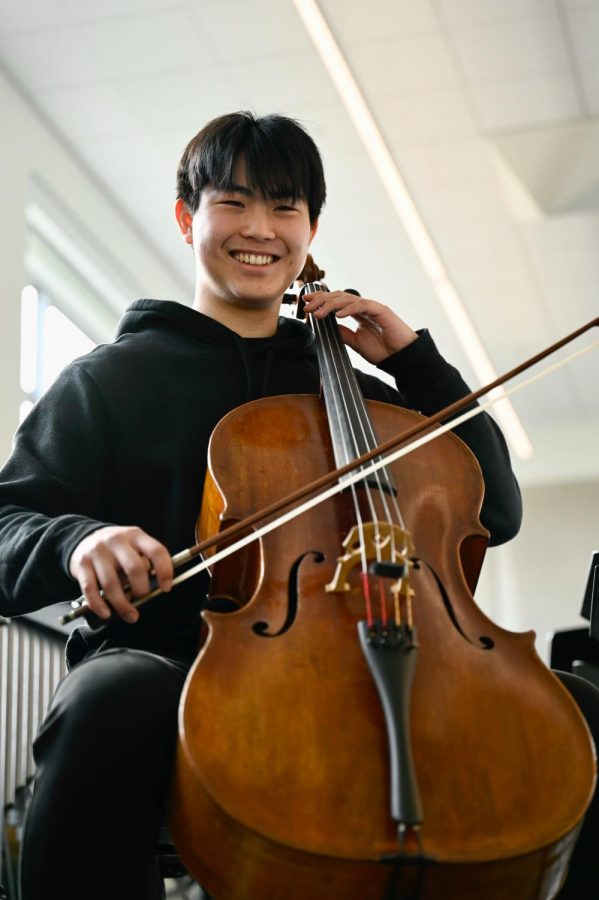
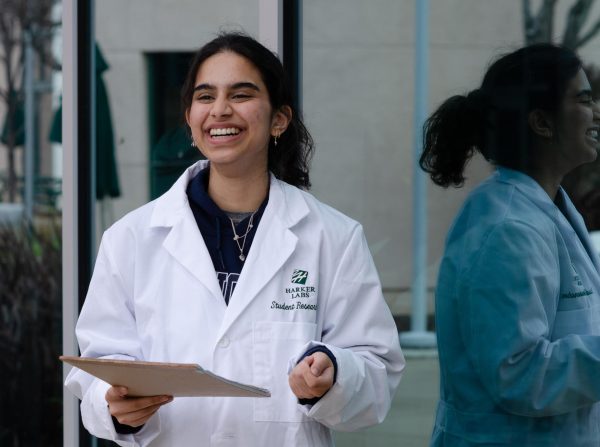
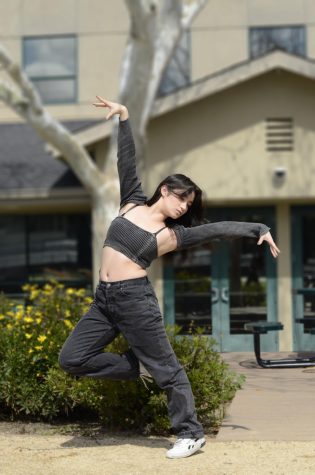
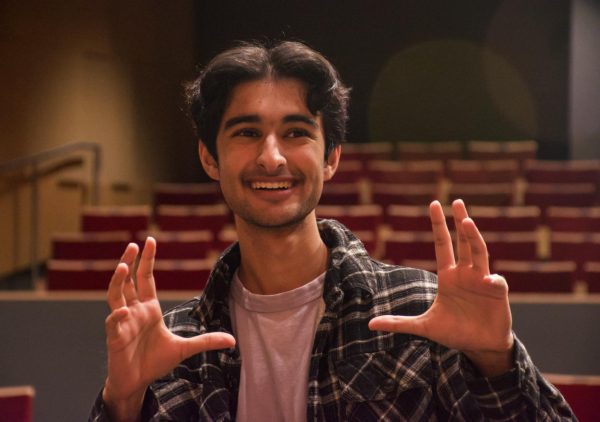


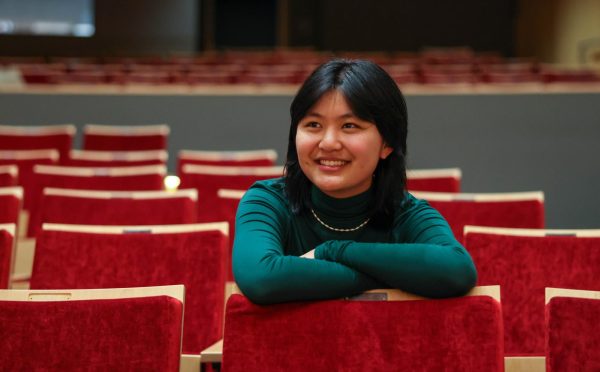
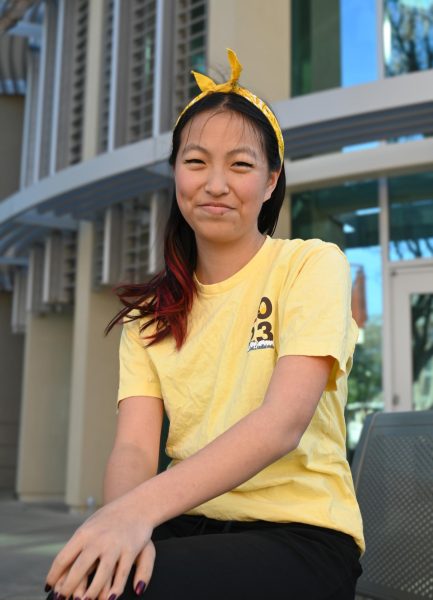
![“[When] youre driving by and you find something interesting, you have to find the perspective. Even if you dont have much time, you still have to figure [it] out. There is this mixture of not having enough time, but still wanting to find something thats going to be memorable that I find really interesting,” Keesha Gondipalli (23) said.](https://harkeraquila.com/wp-content/uploads/2023/05/KeeshaGondipalliHOH_MC-475x301.jpg)
